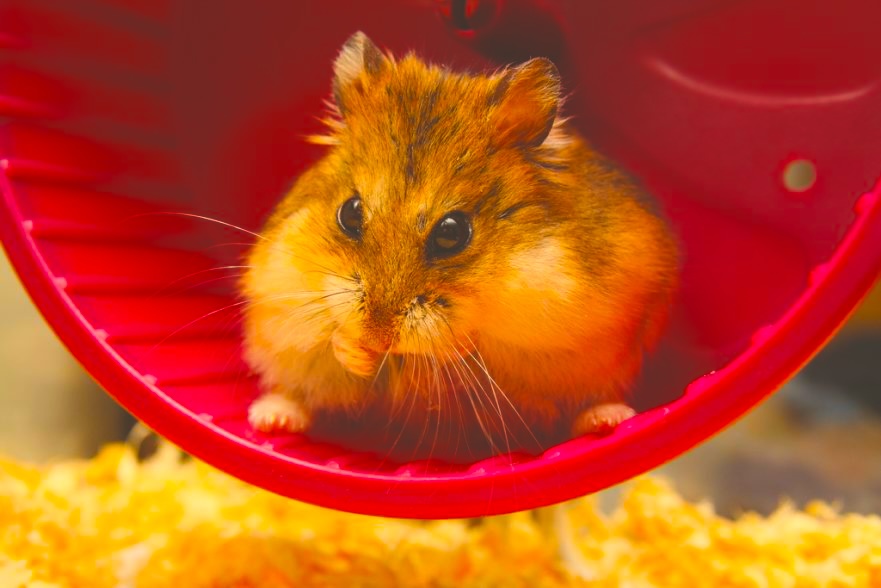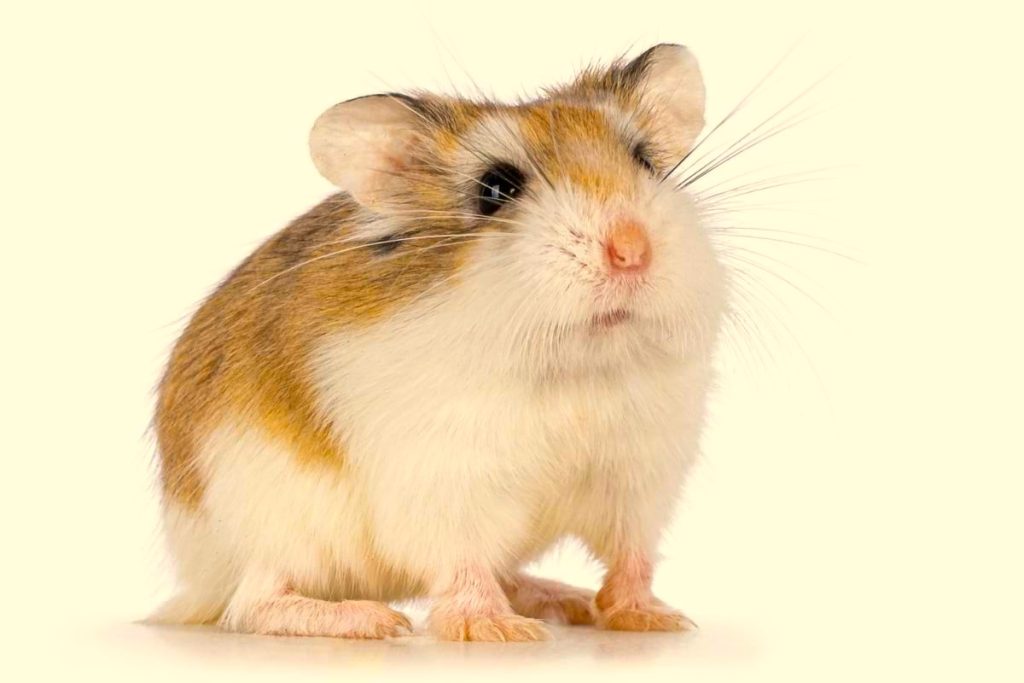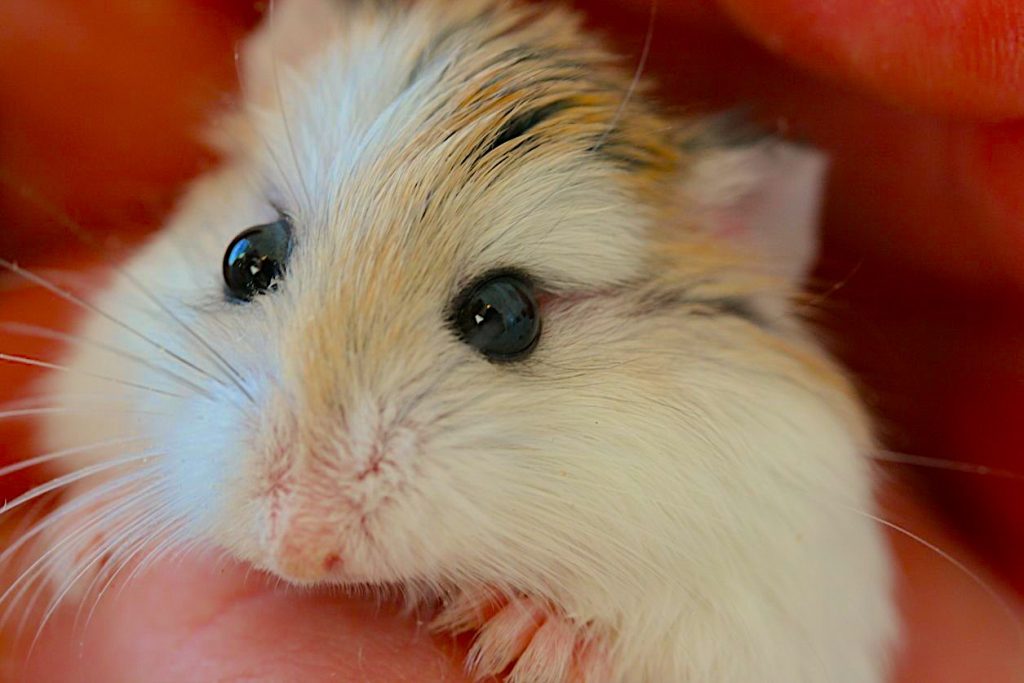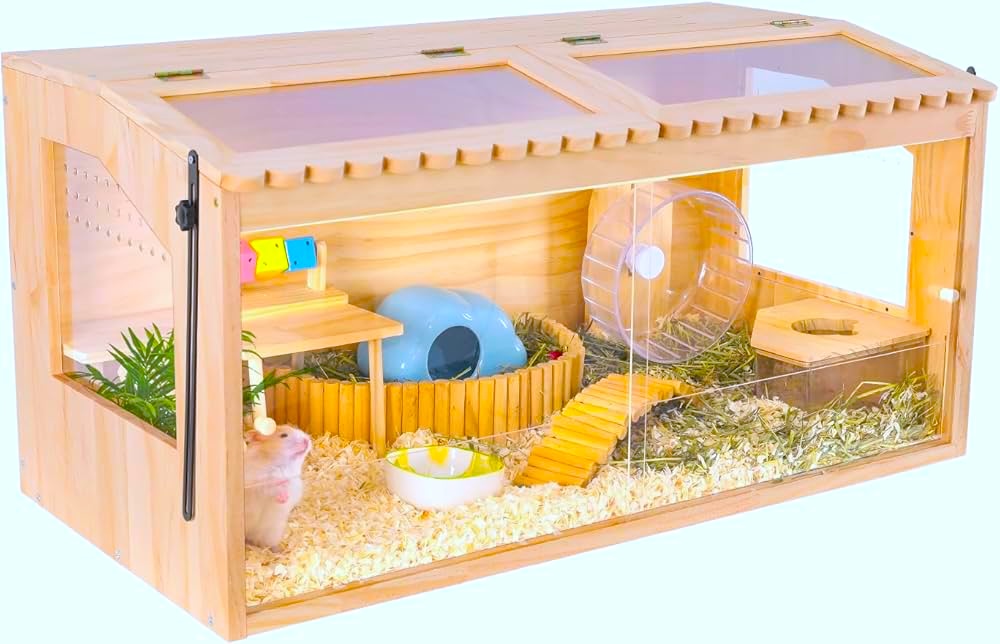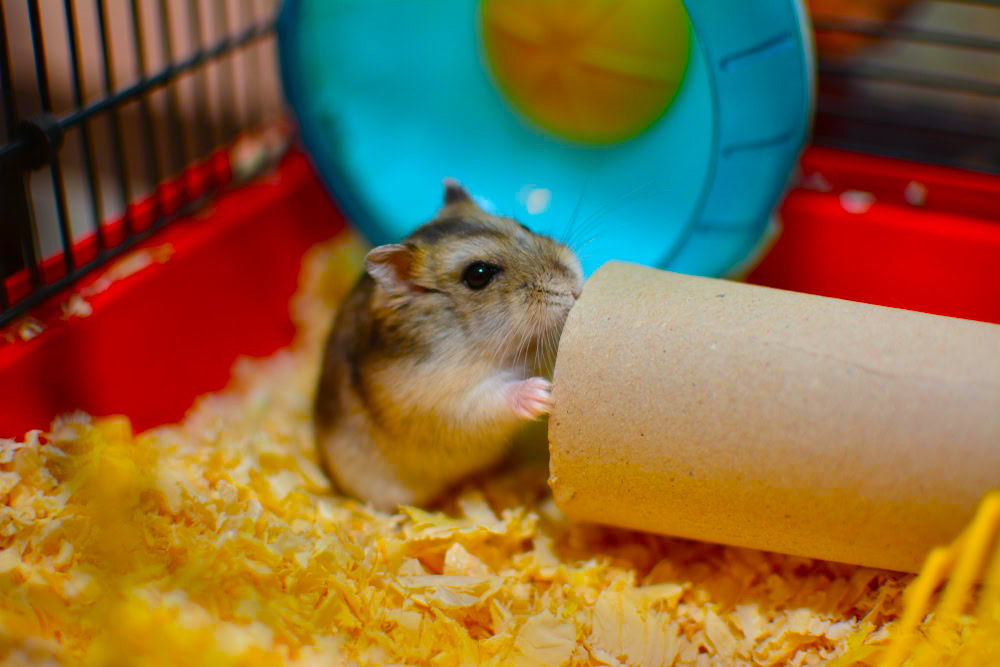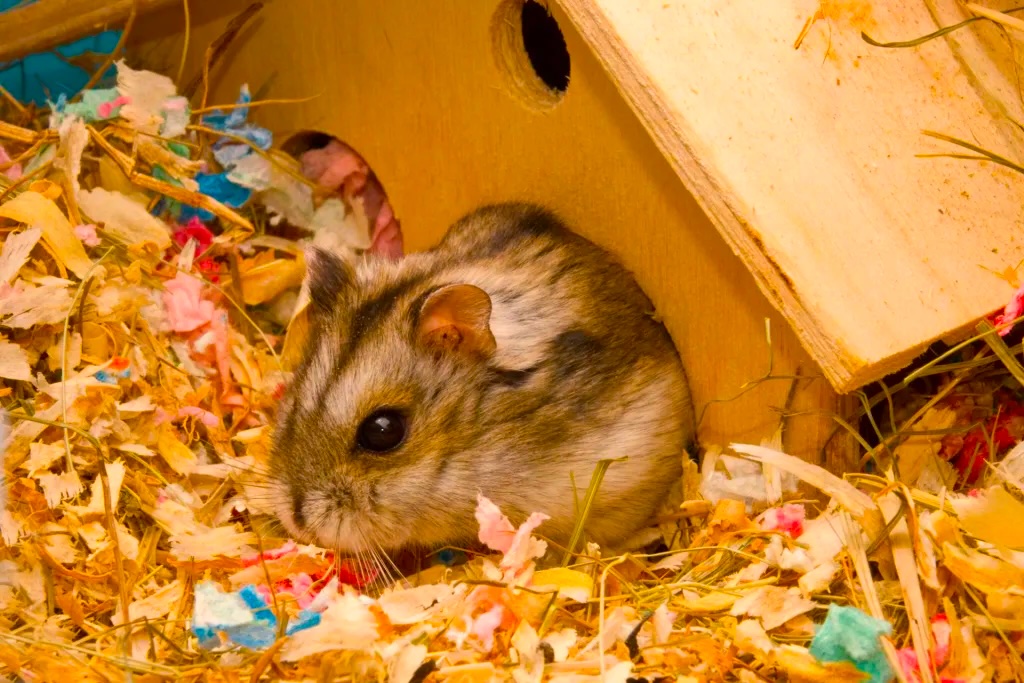When it comes to keeping a Roborovski hamster healthy and happy, few things are more important than having a perfect wheel in their cage. These pint-sized speed demons are well-known for their lightning-fast scurrying, and they need a safe and sturdy wheel that can keep up with their high-octane energy. That’s exactly what makes choosing the perfect Roborovski hamster wheel such a crucial part of responsible pet ownership.
Think of the wheel as your hamster’s personal treadmill and playground rolled into one. Without a Roborovski hamster wheel, your furry friend could become bored, overweight, or even anxious—none of which is ideal for their overall health and wellbeing. In this guide, we’ll explore everything you need to know about picking out the wheel of your (and your hamster’s) dreams: from the difference between a Flying Saucer Wheel and a Traditional Standing Wheel, to which materials offer the best durability and easiest maintenance.
Why the Right Wheel Matters for Roborovski Hamsters
Roborovski hamsters are considered one of the most active dwarf hamster species, often zipping around their cages at remarkable speed. Since they’re so energetic, providing a quality wheel isn’t just a luxury—it’s an absolute necessity. Picture your little robo hamster sprinting at top speed at 2 a.m., burning off that boundless energy while you peacefully snooze. A properly chosen Roborovski hamster wheel allows these tiny athletes to work out their body and mind.
Beyond physical exercise, a good wheel provides valuable mental stimulation. Just like we get a rush of endorphins from a heart-pumping run, hamsters also thrive on having an outlet for their energy. A bored hamster can become stressed, and might develop unwanted behaviors like bar-chewing or constant biting of cage accessories. Having an active lifestyle provided by the right wheel also helps maintain a healthy weight, improves heart and lung capacity, and lowers the risk of obesity-related diseases.
In short, the perfect wheel helps your hamster channel all that perkiness into something fun and beneficial, while keeping them engaged and happy. By understanding your hamster’s needs, you’ll be better able to choose the most suitable option for them and ensure a long, healthy life together.
Key Factors to Consider
Before you start shopping, let’s break down the essential factors in deciding on the perfect Roborovski hamster wheel. Taking these into account will help you choose something that’s both safe and enjoyable for your pet.
1. Size Requirements
Despite their small stature, Roborovski hamsters need enough room to stretch out when they run. A cramped wheel could lead to back problems—imagine trying to run hunched over in a tiny cylinder! For Robos, a diameter of around 6 to 8 inches is typically recommended, though some hamster enthusiasts prefer even bigger sizes. Ensuring your hamster’s back stays straight while running prevents painful conditions like spinal curvature. It may look funny to see a little hamster in a bigger wheel, but trust us, it’s all about comfort and spinal health.
2. Material & Durability
Durability is key when you’ve got a hyperactive pet who loves to run for hours on end. Plastic wheels are generally lightweight, easy to clean, and come in countless fun colors—but not all plastics are created equal. Look for BPA-free varieties and sturdy construction to reduce breakage. Metal wheels, on the other hand, are sometimes more durable, but if they have bars or gaps, you’ll want to ensure they won’t cause foot injury or tail pinching. Wooden wheels can be aesthetically pleasing, but they’re often harder to sanitize and may absorb odors more easily.
3. Design & Safety Features
When selecting a Roborovski hamster wheel, one of the biggest considerations is safety. Solid running surfaces are generally preferable because they limit the chance of your hamster’s feet or nails getting snagged. Wheels with open bars might catch tiny toes or tails, causing injury. Opt for a safe design with minimal gaps and smooth edges, so your hamster can run carefree and avoid issues like foot injury.
Noise is another factor. Because Robos are nocturnal, that wheel might get going in the middle of the night. Many modern wheels feature ball-bearing technology, aiming to make them a silent wheel. If you’re a light sleeper, splurging on a quieter design can truly be life-changing. After all, who wants a never-ending squeak as the soundtrack to their dreams?
Popular Types of Roborovski Hamster Wheels
Now that you know what to look for, let’s delve into the most common styles you might encounter. Each has its own pros and cons, so choosing the right one is all about matching the wheel’s design to your hamster’s unique personality and needs.
1. Traditional Standing Wheels
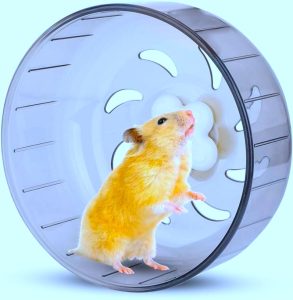
These are the iconic wheels we typically imagine—upright, with a stand that sits on the base of the cage (or can be attached to cage bars). Traditional Standing Wheels are often praised for their familiarity and reliability. They usually come in plastic or metal, with various diameter options.
- Pros: Easy to find, wide range of prices and sizes, straightforward design.
- Cons: Some may still be too narrow, or get squeaky over time if not properly lubricated or cleaned.
If you go the traditional route, make sure the running surface is solid or has minimal gaps to avoid foot injury.
2. Flying Saucer Wheels
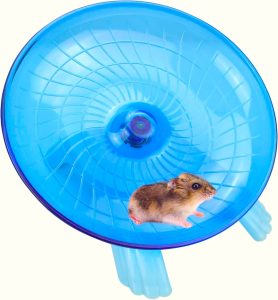
The Flying Saucer Wheel is a trendy alternative that rests flat on the cage floor and features a slightly slanted running disc. These wheels are popular with Roborovski hamsters because they accommodate their incredible speed. The wide disc lets them sprint without feeling too enclosed, and many find the angle more comfortable.
- Pros: A unique design that can encourage a different running posture, often quieter, less risk of hamster tails or feet getting caught.
- Cons: Sometimes they take up more floor space. If not angled properly, your hamster might not find it appealing.
3. Enclosed & Mesh Wheels
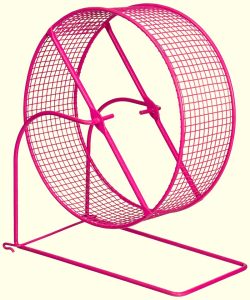
Some wheels feature a partially or fully enclosed running space, often designed to reduce mess and keep bedding from flying out. A mesh surface can improve ventilation but may pose a bigger risk to toes, unless the mesh is very fine. Be sure to pick a mesh style that won’t catch nails or tiny limbs.
- Pros: Contain mess, good airflow.
- Cons: Potential for foot injury if the mesh is large or poorly designed, and might make cleaning a bit more time-consuming.
Understanding these core designs should help you figure out which type of Roborovski hamster wheel fits best in your cage setup and suits your hamster’s running style.
Maintenance & Care Tips
Even the perfect wheel requires regular maintenance to stay in tip-top shape. First, establish a cleaning schedule. Aim to wipe down the wheel at least once a week with a pet-friendly cleaner, warm water, and a mild soap. This helps keep odors and bacteria at bay, especially if your hamster likes to do more than run in their wheel!
Give the wheel a thorough inspection for signs of wear or durability issues, such as cracks in plastic or rust spots on metal. A damaged wheel can cause injury, so replace it if it becomes unsafe. If you hear a persistent squeak, try a dab of non-toxic lubricant or a check on the alignment—sometimes an off-balance wheel can create extra noise.
By keeping up with maintenance, you not only extend the life of the wheel but also ensure your hamster continues enjoying a clean and safe running experience.
Step-by-Step Buying Guide
Ready to choose the perfect Roborovski hamster wheel? Here’s a quick checklist:
- Measure the Cage
Before you commit, make sure the wheel can actually fit inside your hamster’s habitat without crowding out other essentials like a hideout, food dish, or water bottle. - Set a Budget
Wheels range from budget-friendly plastic models to premium silent wheel designs. Decide how much you’re willing to invest, balancing durability, quality, and hamster comfort. - Compare Features
Look for buzzwords like “low noise” or “noiseless bearing,” especially if you’re concerned about squeaking. Check for solid running surfaces and safety edges to prevent foot injury. - Read Reviews
Owner reviews offer valuable insight into real-world performance. Search for feedback specifically on noise level, durability, and hamster satisfaction. - Look for Trusted Brands
Established pet product companies often have a proven track record of quality and safety. It might cost a bit more, but peace of mind is priceless.
By following these steps, you’ll be well-equipped to find a wheel that delivers the trifecta of safety, comfort, and fun for your speedy Robo companion.
Setting Up the Wheel in Your Hamster’s Habitat
Once you’ve bought your Roborovski hamster wheel, it’s time to set it up for maximum enjoyment. Start by placing it in an easily accessible spot in the cage—preferably somewhere your hamster already likes to explore. Make sure there’s enough clearance around the wheel so your hamster can hop in and out without obstruction.
To enhance your hamster’s environment, pair the wheel with fun extras like chew toys, tunnels, or climbing accessories. A well-enriched habitat encourages your hamster to stay active and reduce stress. Watch to see how quickly your little friend takes to the new wheel. If they seem hesitant, sprinkle a tiny bit of their favorite treat near or on the wheel to spark curiosity.
Over the next few days, monitor how your hamster uses the wheel. Make small adjustments to the placement or angle if needed, ensuring it remains safe, stable, and squeak-free for those late-night runs.
Frequently Asked Questions (FAQ)
- Can Roborovski hamsters share a wheel?
While two small hamsters might fit into a single wheel, it’s generally safer to provide each with their own. Robos can be territorial, and sharing might lead to squabbles or stress. A second wheel can prevent battles for nighttime running rights. - How often should I clean the Roborovski hamster wheel?
Aim for a once-a-week deep clean with warm, soapy water or a pet-safe disinfectant. If your hamster soils the wheel regularly, you may need to wipe it down more often. Staying on top of maintenance keeps odors down and ensures a safe, clean environment. - What if my hamster won’t use the wheel?
Sometimes it’s just a matter of adjusting the wheel’s position or angle. Make sure it’s not too small, squeaky, or difficult to access. You can also entice them with a treat or gently encourage them to explore the new addition. - When do I know it’s time to replace the wheel?
If you notice cracks, persistent squeak that lubrication won’t fix, or any design flaw that could cause foot injury, it’s time to invest in a new model.
Conclusion & Final Recommendations
Congratulations—you’re now equipped with all the knowledge you need to choose the perfect Roborovski hamster wheel for your speedy sidekick! From understanding the importance of proper sizing to distinguishing between a Traditional Standing Wheel, a Flying Saucer Wheel, or an Enclosed Wheel, you’ve got the tools to make an informed decision. Remember to prioritize safety and durability, and don’t forget about your own need for a silent wheel if you’re a light sleeper!
As you finalize your purchase, keep an eye on your hamster’s comfort and watch for signs of joy—and squeaks of delight—once they’re zipping around at top speed. With the right wheel in place, your robo will be able to maintain good health, channel their endless energy, and keep you endlessly entertained. Happy running (for them) and happy hamster-parenting (for you)!

